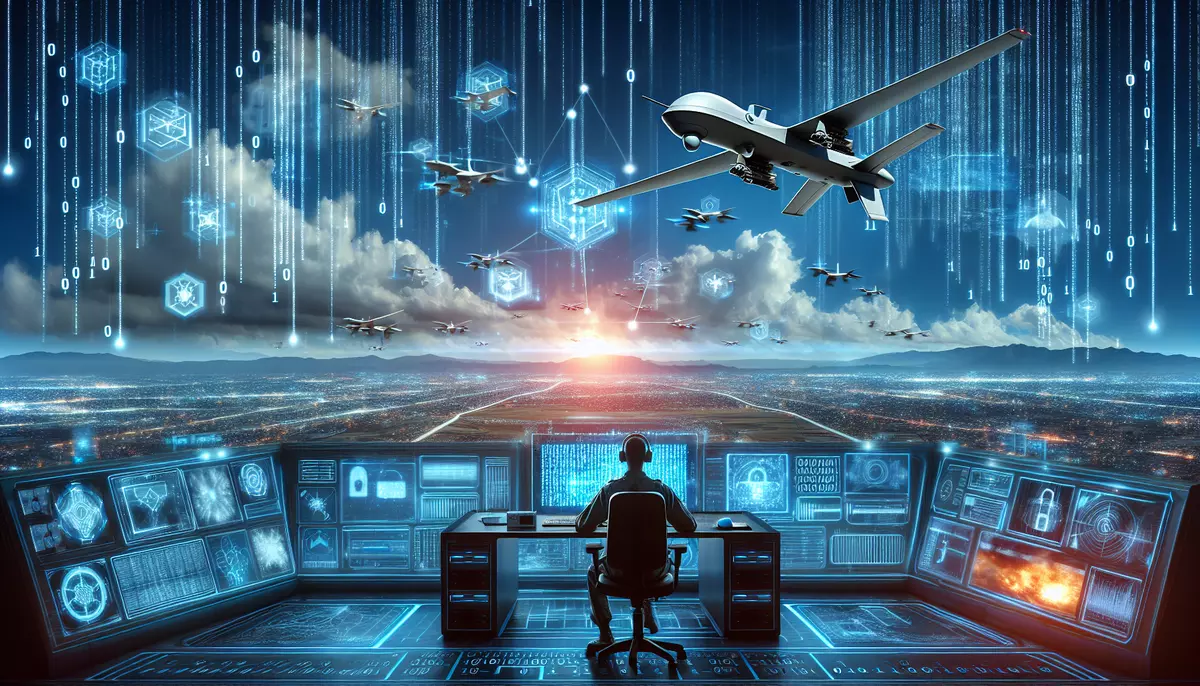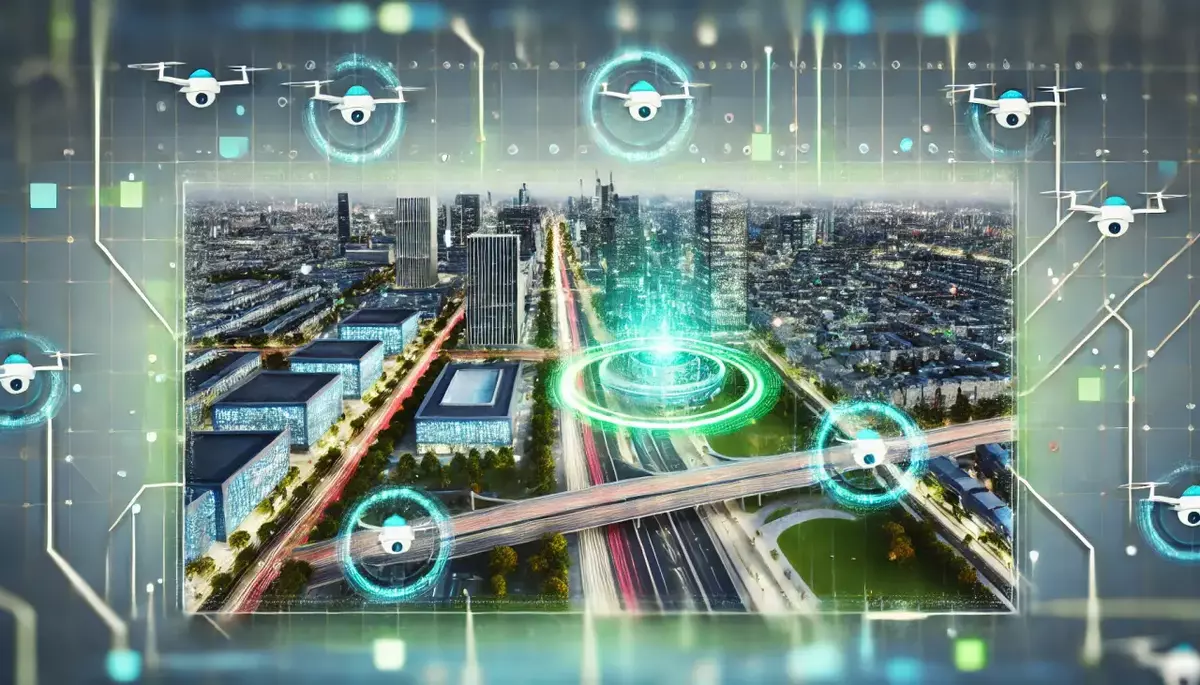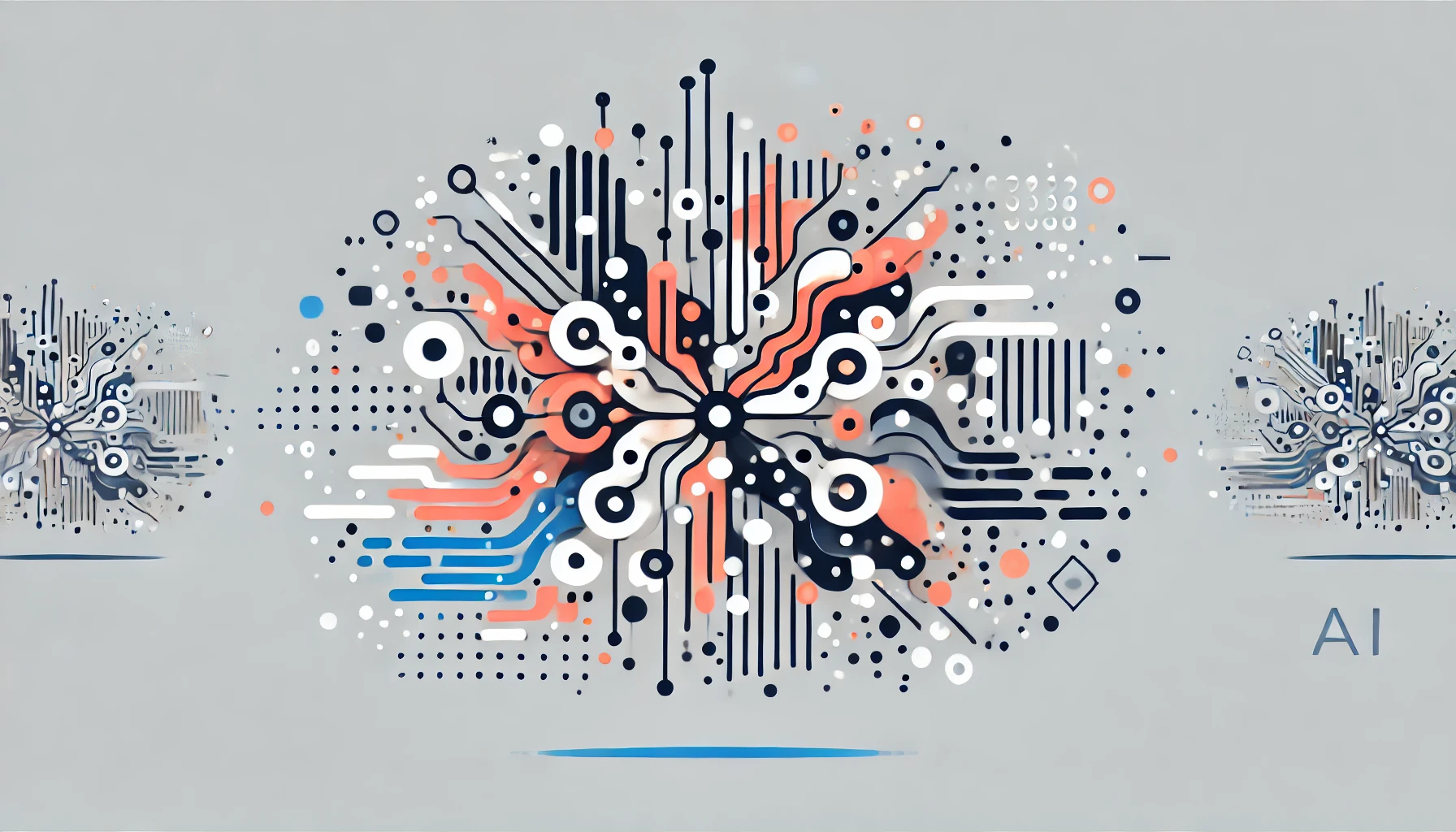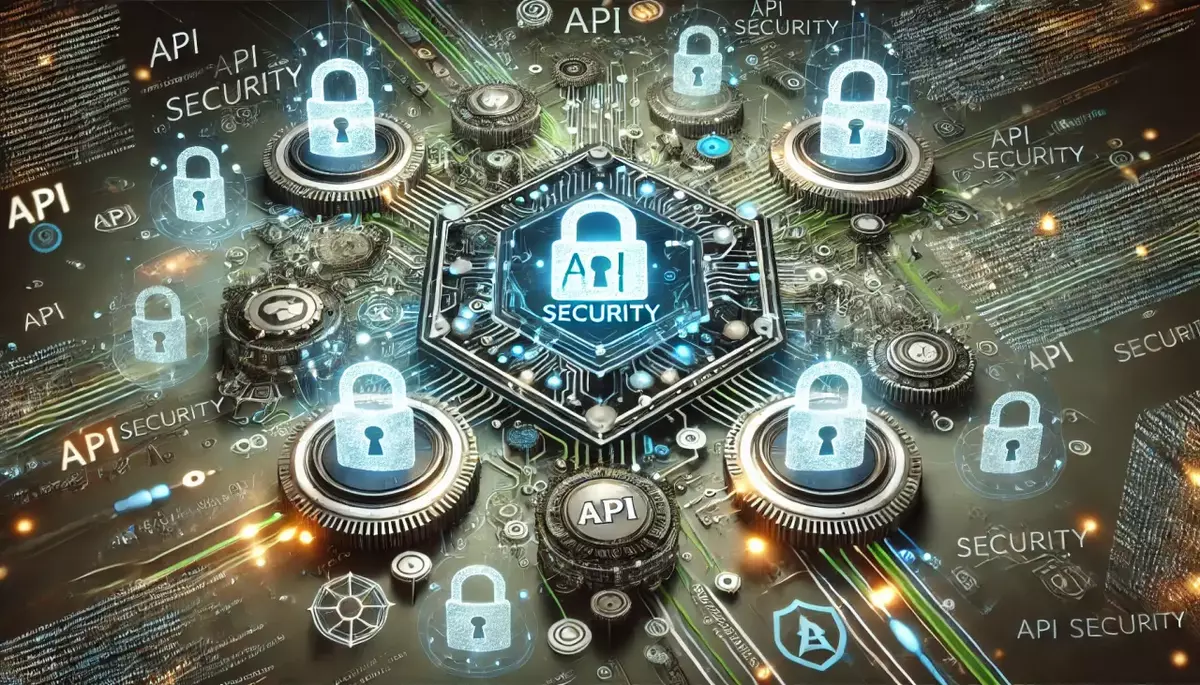Introduction
Unmanned Aerial Vehicles (UAVs), commonly known as drones, have become increasingly prevalent in various industries, from military and law enforcement to commercial and recreational applications. As the use of UAVs continues to grow, so too does the need for robust cybersecurity measures to protect these systems and the data they collect. This knowledge base article explores the critical aspects of cybersecurity for UAV operations, addressing the unique challenges and best practices in this rapidly evolving field.
Cybersecurity Threats to UAV Operations
UAVs, like any networked system, are vulnerable to a range of cybersecurity threats, including:
- Hacking and Unauthorized Access: Malicious actors may attempt to gain control of a UAV or access its data by exploiting vulnerabilities in the system’s software or communication protocols.
- GPS Spoofing: Attackers can transmit false GPS signals to mislead a UAV’s navigation system, causing it to deviate from its intended path or even crash.
- Jamming and Interference: Adversaries may attempt to disrupt the communication links between the UAV and its ground control station, effectively rendering the UAV inoperable.
- Data Theft and Manipulation: Sensitive data collected by UAVs, such as aerial imagery or surveillance footage, could be targeted by cybercriminals for theft or alteration.
Cybersecurity Best Practices for UAV Operations
To mitigate the risks associated with these cybersecurity threats, it is essential to implement a comprehensive set of best practices for UAV operations:
Secure System Design
- Secure Hardware and Software: Ensure that the UAV’s hardware and software components are designed with security in mind, incorporating features such as encryption, authentication, and access controls.
- Secure Communication Protocols: Implement robust communication protocols, such as encrypted data links and secure telemetry channels, to protect the data transmitted between the UAV and the ground control station.
- Redundancy and Failsafe Mechanisms: Incorporate redundant systems and failsafe mechanisms to ensure that the UAV can safely return to a secure location in the event of a cybersecurity breach or other system failure.
Operational Security
- Comprehensive Training: Provide comprehensive training to all personnel involved in UAV operations, covering cybersecurity best practices, incident response, and emergency procedures.
- Strict Access Controls: Implement strict access controls, including multi-factor authentication and role-based permissions, to limit access to the UAV’s control systems and data.
- Continuous Monitoring and Threat Detection: Deploy advanced monitoring and threat detection systems to identify and respond to potential cybersecurity incidents in real-time.
Regulatory Compliance
- Adherence to Industry Standards: Ensure that the UAV’s cybersecurity measures comply with relevant industry standards and regulations, such as those established by the Federal Aviation Administration (FAA) or the International Civil Aviation Organization (ICAO).
- Collaboration with Regulatory Authorities: Engage with regulatory authorities to stay informed of the latest cybersecurity requirements and best practices for UAV operations.
Case Studies and Lessons Learned
The importance of robust cybersecurity for UAV operations is underscored by several high-profile incidents and case studies:
- GPS Spoofing Attack on a UAV: In 2011, researchers at the University of Texas at Austin successfully demonstrated a GPS spoofing attack that allowed them to take control of a UAV, highlighting the need for advanced anti-spoofing measures.
- Hacking of a Military UAV: In 2009, it was reported that insurgents in Iraq had managed to hack into the video feed of a U.S. military UAV, underscoring the importance of secure communication protocols and data encryption.
- Ransomware Attack on a Commercial UAV Operator: In 2020, a commercial UAV operator was targeted by a ransomware attack, leading to the loss of valuable data and the disruption of their operations, emphasizing the need for comprehensive data backup and incident response plans.
Future Trends and Emerging Technologies
As the UAV industry continues to evolve, new cybersecurity challenges and opportunities are emerging:
- Artificial Intelligence and Machine Learning: The integration of AI and ML into UAV systems can enhance threat detection and response capabilities, but also introduces new vulnerabilities that must be addressed.
- Blockchain and Distributed Ledger Technologies: The use of blockchain and distributed ledger technologies can improve the security and integrity of UAV data and communication, as well as enable new applications such as secure drone-to-drone transactions.
- Quantum Computing: The advent of quantum computing has the potential to both enhance and challenge existing cryptographic methods used in UAV cybersecurity, necessitating the development of quantum-resistant security measures.
Conclusion
As the use of UAVs continues to grow, the importance of robust cybersecurity measures cannot be overstated. By implementing best practices in secure system design, operational security, and regulatory compliance, organizations can effectively mitigate the risks associated with cybersecurity threats to their UAV operations. Staying informed of emerging trends and technologies will be crucial in maintaining a proactive and adaptable approach to UAV cybersecurity in the years to come.
This knowledge base article is provided by Fabled Sky Research, a company dedicated to exploring and disseminating information on cutting-edge technologies. For more information, please visit our website at https://fabledsky.com/.
References
- Javaid, A. Y., Sun, W., Alam, M., & Nair, Y. (2016). Cyber security threat analysis and modeling of an unmanned aerial vehicle system. 2016 IEEE International Conference on Big Data (Big Data), 1758-1767.
- Sampigethaya, K., & Poovendran, R. (2013). Aviation cyber–physical systems: Ensuring fault tolerance with healthy data. Proceedings of the IEEE, 101(8), 1935-1947.
- Fahlstrom, P. G., & Gleason, T. J. (2012). Introduction to UAV systems. John Wiley & Sons.
- Wesson, K. D., Shepard, D. P., Bhatti, J. A., & Humphreys, T. E. (2013). An evaluation of the vestigial signal defense for civil GPS anti-spoofing. Proceedings of the ION GNSS+ Conference, 2646-2656.
- Javaid, A. Y., Nunes, D., Sabir, U., & Mann, M. (2019). Cybersecurity of unmanned aerial vehicles: A short survey. 2019 IEEE International Conference on Electro Information Technology (EIT), 209-214.


























